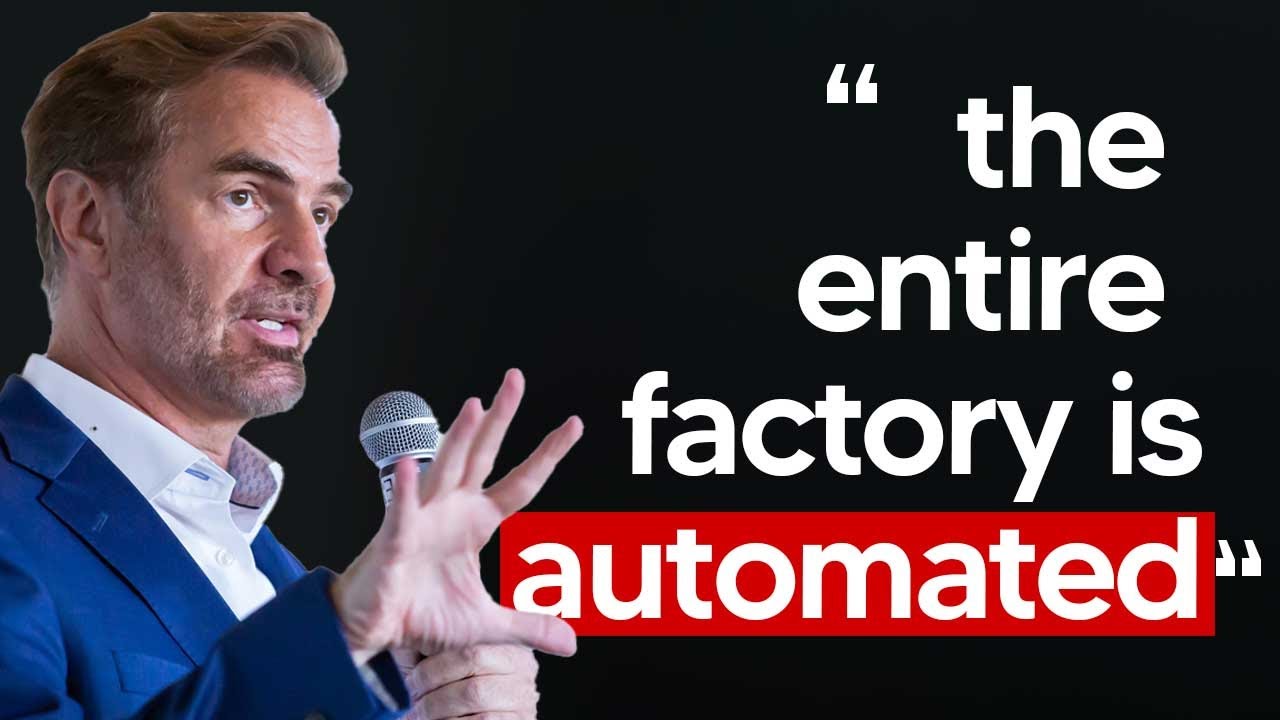The recent discussion at Stanford highlighted the rapid automation in industries like chip manufacturing, exemplified by fully automated factories such as Xiaomi’s, which raises concerns about the future of blue-collar jobs. While automation can displace certain roles, it also creates new opportunities in skilled areas, emphasizing the need for workers to adapt and develop complementary skills in fields like AI, energy, and healthcare.
The recent talk at Stanford has sparked significant interest regarding the future of labor in the context of automation and artificial intelligence (AI). A key takeaway from the discussion is the increasing automation in factories, particularly in chip manufacturing, which challenges the notion that advancements in technology will lead to a resurgence of blue-collar jobs. Eric Brynjolfsson, a prominent economist, highlighted that many modern factories, such as those operated by TSMC, are nearly entirely automated, requiring minimal human intervention. This trend suggests that while manufacturing output may rise, employment in these sectors may not see a corresponding increase.
One notable example of this shift is Xiaomi’s automated factory in Beijing, which operates without human oversight and can produce a smartphone every three seconds. This facility utilizes an intelligent manufacturing platform that allows for real-time diagnostics and process optimization, showcasing the capabilities of AI in enhancing production efficiency. The factory’s self-optimizing technology represents a significant leap in manufacturing, indicating a future where human labor may be further diminished in favor of fully automated systems.
The discussion also touched on the integration of autonomous robots in various industries, including automotive manufacturing. Companies like Tesla and BMW are experimenting with robots that can perform complex tasks autonomously, with self-correcting capabilities. Elon Musk has projected that Tesla will produce humanoid robots for internal use soon, although skepticism remains regarding the timeline and practicality of such developments. The overarching trend indicates a movement towards factories that operate independently of human workers, raising questions about the future of employment in these sectors.
In contrast, Amazon’s approach to automation has involved a significant number of non-humanoid robots that assist human workers in fulfillment centers. While Amazon claims that its robotic systems have created new job categories, there is concern about the potential for job losses due to automation. The company currently employs around 750,000 robots, which handle repetitive tasks, allowing human workers to focus on more complex roles. This highlights the dual nature of automation, where it can both displace certain jobs while simultaneously creating new opportunities in skilled areas.
Finally, the video emphasizes the importance of adaptability and innovation in the job market as AI continues to evolve. Bill Gates suggests that careers in AI, energy, and healthcare will thrive in the future, as these fields require human-centric skills that cannot be easily replaced by machines. The insights presented in the talk underscore the need for workers to embrace technological advancements and seek complementary skills to remain relevant in an increasingly automated world. The future of labor may be shaped by the balance between automation and the essential human roles that technology cannot replicate.
